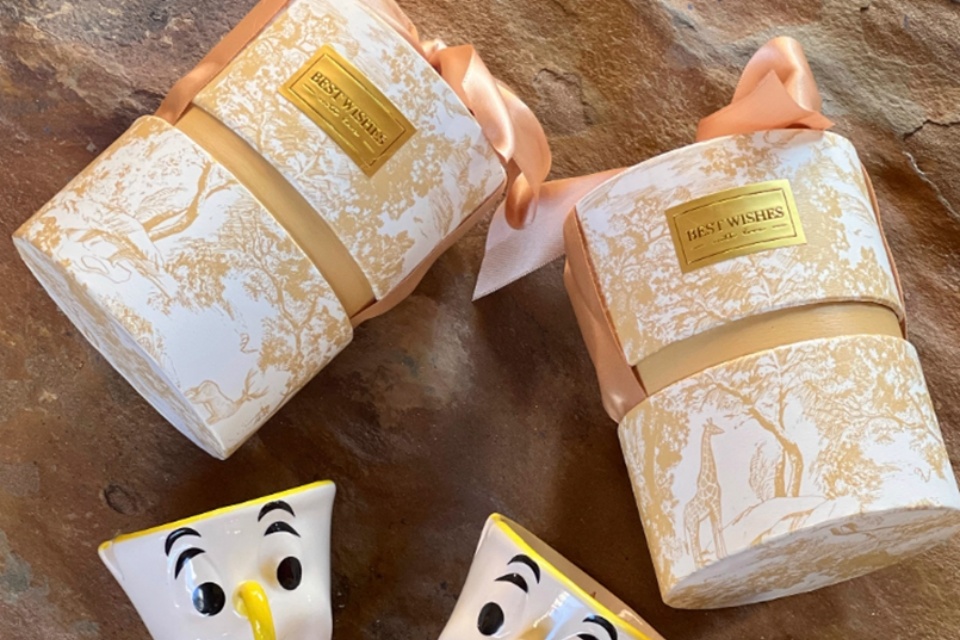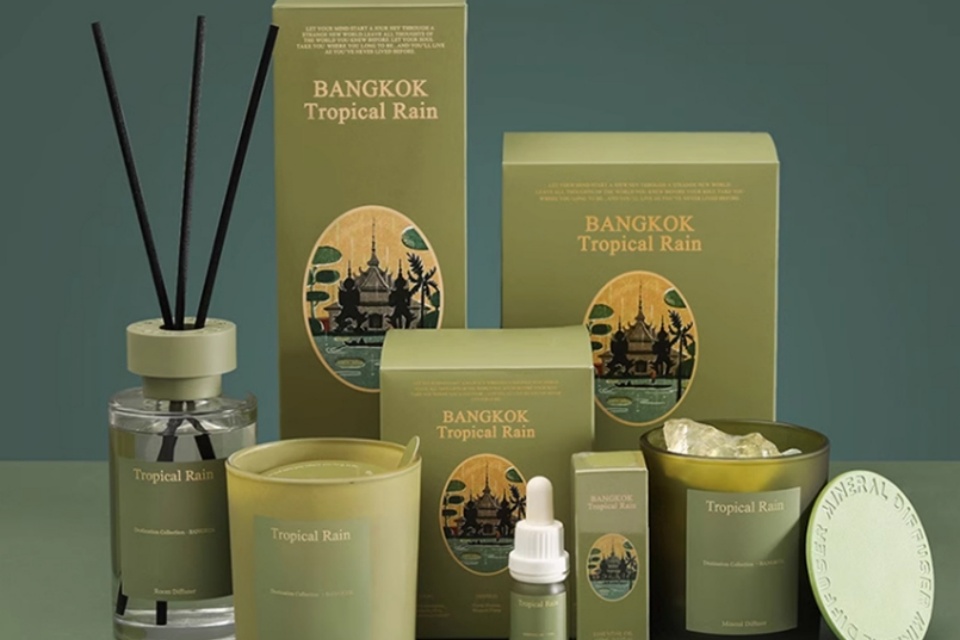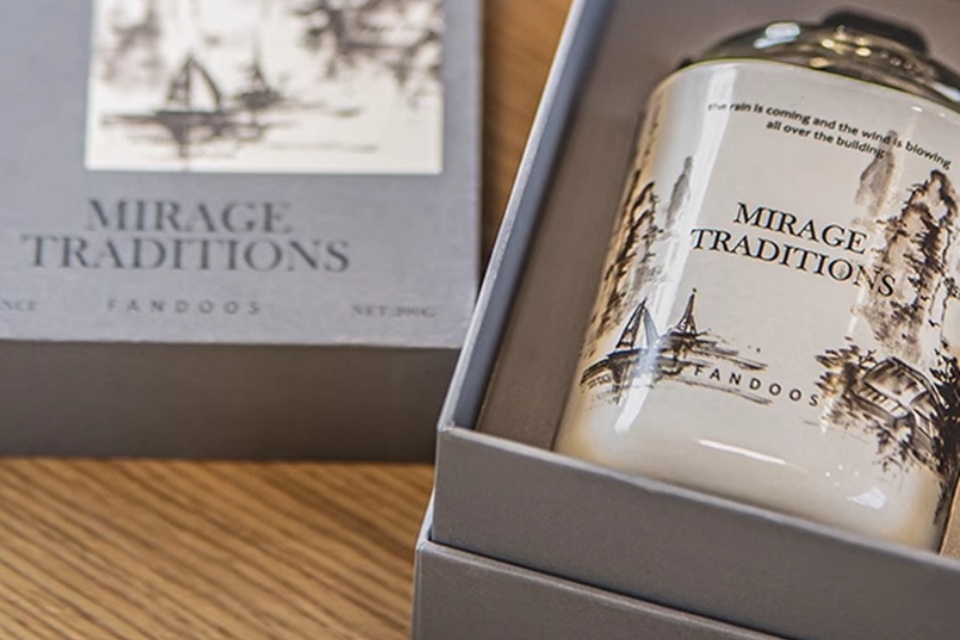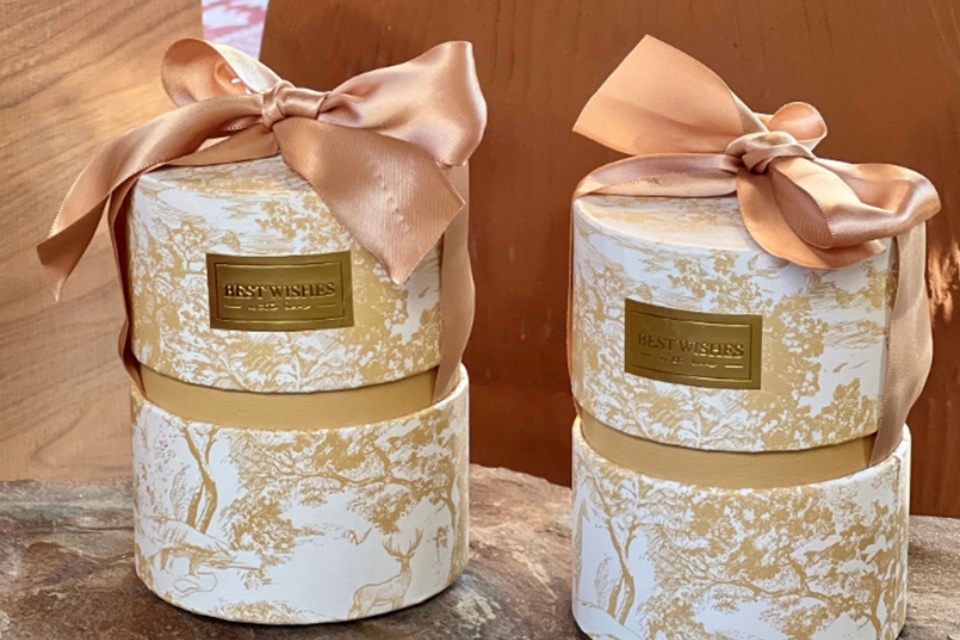Inserts for Candle Packaging
This guide covers inserts for candle packaging, detailing materials, designs, and their benefits for product protection, branding, and customer experience.
Summary
Inserts for Candle Packaging refer to protective and decorative components used within candle packaging to secure and enhance the presentation of candles during storage and transit. As the candle industry experiences significant growth, with projections estimating the market to increase from USD 3.9 billion in 2025 to USD 6.8 billion by 2035, the role of effective packaging inserts has become increasingly important for manufacturers aiming to meet consumer demands for both aesthetics and sustainability. Inserts serve multiple functions, including protecting fragile products, improving consumer experience, and promoting brand identity, making them a vital aspect of modern candle packaging strategies.
Various materials are employed to create these inserts, including cardboard, foam, molded pulp, plastic, and innovative eco-friendly options like mushroom packaging, each offering unique benefits in terms of cost, protection, and sustainability. For instance, cardboard inserts are favored for their lightweight and customizable nature, while foam inserts provide superior cushioning for delicate items. As eco-conscious consumerism rises, the use of sustainable materials not only reduces the environmental impact but also aligns with contemporary consumer values, making these inserts a focal point for brands looking to differentiate themselves in a competitive market.
Prominent controversies surrounding candle packaging inserts include discussions about environmental impact versus aesthetic appeal, as brands strive to balance functionality with sustainable practices. The demand for luxury candle experiences has led to innovative designs that enhance unboxing moments, but the reliance on non-biodegradable materials in some cases has raised concerns among environmentally conscious consumers. Regulatory compliance regarding safety standards and environmental regulations further complicates the landscape, necessitating manufacturers to navigate both market expectations and legal requirements.
In summary, inserts for candle packaging not only safeguard products during transit but also play a crucial role in enhancing customer satisfaction and brand loyalty through thoughtful design and sustainable practices. As the market continues to evolve, the significance of inserts is poised to grow, driven by consumer preferences for quality, aesthetic appeal, and ecological responsibility.
Table of Contents
Types of Inserts
Inserts play a crucial role in protecting candles during storage and transit, as well as enhancing the overall presentation of the product. Various materials and designs are utilized to create effective packaging inserts that cater to different candle types and sizes.
Common Materials for Candle Packaging Inserts
Cardboard Inserts
Cardboard is one of the most widely used materials for packaging inserts due to its cost-effectiveness and lightweight properties. These inserts can be easily customized to fit a variety of candle shapes and sizes, providing adequate protection while also being environmentally friendly. Rigid chipboard inserts, which are stronger than standard corrugated inserts, are particularly suitable for heavier candle products, ensuring a luxurious appearance that appeals to eco-conscious consumers.
Foam Inserts
Foam inserts offer superior cushioning and protection, especially for fragile candle containers such as glass or ceramic. Available in various densities, foam can be custom-cut to fit the specific shape of the candle, preventing movement and potential damage during transit. Soft polyurethane foam is especially popular for delicate items, as it conforms to the product while providing adequate support.
Molded Pulp Inserts
Molded pulp is an eco-friendly option made from recycled paper and cardboard. This material is biodegradable and can be molded to fit the contours of candles, making it an ideal choice for protecting fragile items like scented candles. Pulp inserts are versatile and can support the weight of heavy candles while also being stackable for efficient storage when not in use.
Plastic Inserts
Plastic inserts, such as those made from polyethylene terephthalate (PET) and polyvinyl chloride (PVC), provide a durable and customizable solution for candle packaging. These materials can be molded into specific shapes to hold candles securely, ensuring they remain intact during shipping. Additionally, plastic inserts can be designed with aesthetic features that enhance the overall presentation of the candle.
Mushroom Packaging
For brands focused on sustainability, mushroom packaging represents a cutting-edge eco-friendly option. Made from mycelium and hemp hurds, this type of insert can be molded to fit various candle shapes while being 100% biodegradable. This innovative material decomposes naturally, making it a perfect choice for environmentally conscious brands.
Design Structures for Candle Packaging Inserts
Molded Trays
Molded trays are designed to align with the shape of the candle, providing stability and protection. These trays can be constructed from foam, plastic, or molded pulp, depending on the desired level of cushioning and support.
Cavity Trays
Cavity trays feature specific holes that hold multiple candles securely in place. This structure is ideal for packaging sets of candles, ensuring they are presented attractively while remaining protected.
Die-Cut Inserts
Die-cut inserts can be shaped to fit the exact outline of the candle, offering a tailored fit that minimizes movement within the packaging. This design is particularly effective for uniquely shaped candles or those in delicate containers.
Accordion Inserts
Accordion inserts are versatile and can accommodate candles of various shapes and sizes. This design allows for efficient packing and reduces the need for excess filler material, thus promoting sustainability.

Benefits of Using Inserts
Inserts for candle packaging serve multiple essential functions that enhance both product protection and customer experience. These benefits are critical for businesses looking to maintain a competitive edge in the market.
Product Protection
One of the primary advantages of using inserts is their ability to provide effective protection during transit. Inserts can block and brace items, preventing side-to-side and up-and-down movement within the box, thereby minimizing the risk of damage due to shocks and impacts during storage and delivery. This is particularly important for fragile items like candles, where even minor movement can lead to breakage. Additionally, the use of dividers or custom-fit holders within the box ensures that individual candles do not rub against each other, further reducing the risk of damage.
Improved Consumer Experience
Incorporating inserts into packaging significantly enhances the overall unboxing experience for consumers. A well-designed insert not only secures the product but also improves product presentation, leading to positive unboxing moments that can reinforce brand loyalty. Furthermore, eco-friendly materials used in inserts appeal to environmentally conscious consumers, thereby boosting customer satisfaction and engagement with the brand.
Aesthetic Appeal and Brand Promotion
Inserts also play a vital role in the aesthetic appeal of packaging. The design and quality of the inserts can elevate the perceived value of the product, making it more attractive on shelves and during online presentations. Custom packaging solutions, including inserts, help brands develop a distinctive identity and strengthen brand recognition, which is essential for standing out in a crowded market.
Sustainability Considerations
As consumer preferences shift toward more sustainable practices, using eco-friendly materials for inserts can significantly lower the carbon footprint of the packaging process. Sustainable inserts not only reduce waste but also align with the values of environmentally conscious consumers, making them an important consideration for modern brands. Moreover, choosing local manufacturing options for candles can further minimize transportation emissions, contributing to a more sustainable overall product lifecycle.

Design Considerations
When designing inserts for candle packaging, several critical factors should be taken into account to ensure both functionality and aesthetic appeal.
Industry Standards and Regulations
The candle packaging industry is subject to a variety of legal and regulatory requirements aimed at ensuring environmental sustainability and consumer safety. As the market evolves, adherence to these regulations has become increasingly important for manufacturers and brands.
Environmental Regulations
Environmental regulations play a crucial role in the design and production of candle packaging. These regulations often include guidelines for using sustainable materials, minimizing packaging waste, and ensuring recyclability. The shift toward eco-friendly packaging has been driven by both regulatory pressures and consumer demand for sustainable practices. Key components of compliance involve using biodegradable materials, recyclable options, and low-impact inks, which not only reduce ecological footprints but also align with industry standards set by organizations like The International Organization for Standardization (ISO).
Safety Standards
Safety is paramount in candle packaging, necessitating compliance with strict safety standards to protect consumers. This includes ensuring that packaging is designed to withstand various environmental conditions, such as extreme temperatures, which can compromise the quality of the candles inside. Additionally, packaging must undergo flammability testing and incorporate child-resistant or tamper-resistant features to enhance user safety. Labeling requirements also play a significant role, necessitating clear and concise information about the product, including its ingredients, weight, and manufacturer details to inform and protect consumers.
Compliance and Quality Assurance
To maintain compliance with evolving regulations, manufacturers must implement robust quality assurance protocols throughout the production process. This includes regular inspections and monitoring of machinery to ensure all products meet established specifications before they reach the market. Moreover, maintaining an efficient tracking system for products from production to delivery helps identify any deviations from design and compliance guidelines, facilitating prompt corrective actions when necessary.
By proactively addressing these industry standards and regulations, candle manufacturers not only enhance their market competitiveness but also build consumer trust through responsible and compliant packaging practices.

Market Trends
Growth of the Candle Box Market
The candle box market is anticipated to grow significantly, projected to increase from USD 3.9 billion in 2025 to USD 6.8 billion by 2035, registering a compound annual growth rate (CAGR) of 5.7% during this period. The sector demonstrated resilience in 2024, with sales reaching USD 3.6 billion, attributed to a rising consumer demand for aesthetically pleasing and eco-friendly packaging solutions in the candle industry.
Consumer Preferences
Increasing luxury candle sales and gifting trends have prompted brands to focus on premium, customized, and sustainable candle box designs. The growing awareness regarding eco-friendly packaging materials, such as recyclable cardboard and biodegradable coatings, encourages manufacturers to innovate and improve the sustainability of their candle boxes. As consumers increasingly prioritize ethical purchasing, brands that adopt sustainable practices not only reduce their environmental impact but also enhance their appeal among eco-conscious customers.
Design Considerations
Effective consumer trend analysis is crucial for understanding market dynamics. This includes examining purchasing patterns and preferences for specific colors, designs, and features that enhance product usability. Additionally, custom packaging that resonates with the target audience can be a game changer for candle businesses, helping them stand out from competitors while maintaining brand identity and budget constraints.
Emotional Connection and Luxury Appeal
The emotional connection that consumers, particularly women, feel towards candles plays a significant role in their purchasing decisions. Custom packaging can add an emotional and charming appeal to products, making them more irresistible to potential buyers. As the candle market continues to grow, the importance of luxurious and engaging packaging designs will be paramount in conveying the quality of the products and enhancing the overall brand experience.

Case Studies
Consumer Experience Insights
Recent studies have highlighted the significant impact of packaging on consumer satisfaction and brand perception. One notable case involved a customer who expressed frustration on social media after receiving a product in excessively large packaging filled with plastic air pillows, stating, “Ordered a phone case that could have fit in an envelope. Got a box big enough for shoes, filled with plastic air pillows. Won’t order from them again.”. This case underscores the importance of optimizing packaging size and materials to avoid negative customer experiences.
Design Improvements
Another clothing retailer conducted an audit of their packaging after discovering that 30% of negative reviews mentioned packaging issues they were unaware of. Following this discovery, they implemented several specific changes that had a significant positive impact on customer satisfaction. These adjustments demonstrate how careful analysis of customer feedback can lead to actionable improvements in packaging design.
Quality Control and Prototyping
The prototyping process plays a crucial role in the development of custom packaging. For instance, brands often start with initial sketches to determine the desired aesthetics and functionality of the box. This process involves transforming sketches into 3D models, allowing for modifications before finalizing the design. Comprehensive product testing during this stage helps identify potential flaws, ensuring that all packaging meets quality standards during mass production.
Sustainability Initiatives
Sustainability is a growing concern among consumers, influencing their purchasing decisions. Many brands have responded by opting for recyclable or biodegradable materials in their candle packaging. For example, companies are increasingly using recyclable cardboard or kraft paper, aligning their products with consumer demand for eco-friendly options. Innovations, such as using plant-based inks or water-based coatings, further enhance the sustainability of packaging, creating a positive brand image while also catering to environmentally conscious consumers.
Brand Recognition Through Inserts
The use of custom inserts has also proven effective in enhancing brand recognition. Brands that incorporate their logos, colors, or unique designs into packaging inserts often see improved customer loyalty. A focused approach to detail can cement a brand in customers’ minds as high-quality and considerate, fostering repeat business. One case highlighted that custom inserts can not only safeguard products but also elevate the overall aesthetic appeal of the packaging, creating a lasting impression on consumers.
These case studies illustrate the importance of strategic packaging design and the tangible benefits it can bring to brands in the candle industry.
